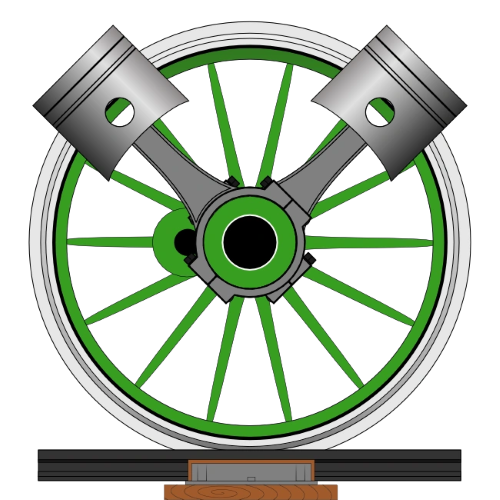An electric current is the flow of electricity in a circuit. A circuit is formed when for example: a battery is connected by wires to a light-bulb. The current flows down the negative wire from the battery, into the positive terminal on the light-bulb. Once the energy is used in the light-bulb the current flows down the negative wire from the light-bulb, and into the positive terminal on the battery. For the battery to be drained of its energy, the circuit has to be complete. An electric current is needed to power an electric locomotive.
Types
There are two main types of current: direct current (DC) & alternating current (AC).
Direct current is a electric current that flows in one direction. That is to say that it travels around a circuit like the water in a river, never flowing backwards. On the other hand, alternating current is like a very regular tide. Flowing from nil up-to maximum in the positive, then back to nil, and then flowing up-to maximum in the negative, then returning to nil again. This pattern is repeated forever.
Most diesel locomotives (mainly US and North American) use a DC generator to run their traction motors, however an AC generator may be used if the AC is rectified to DC (e.g. EMD SD70ACe)
